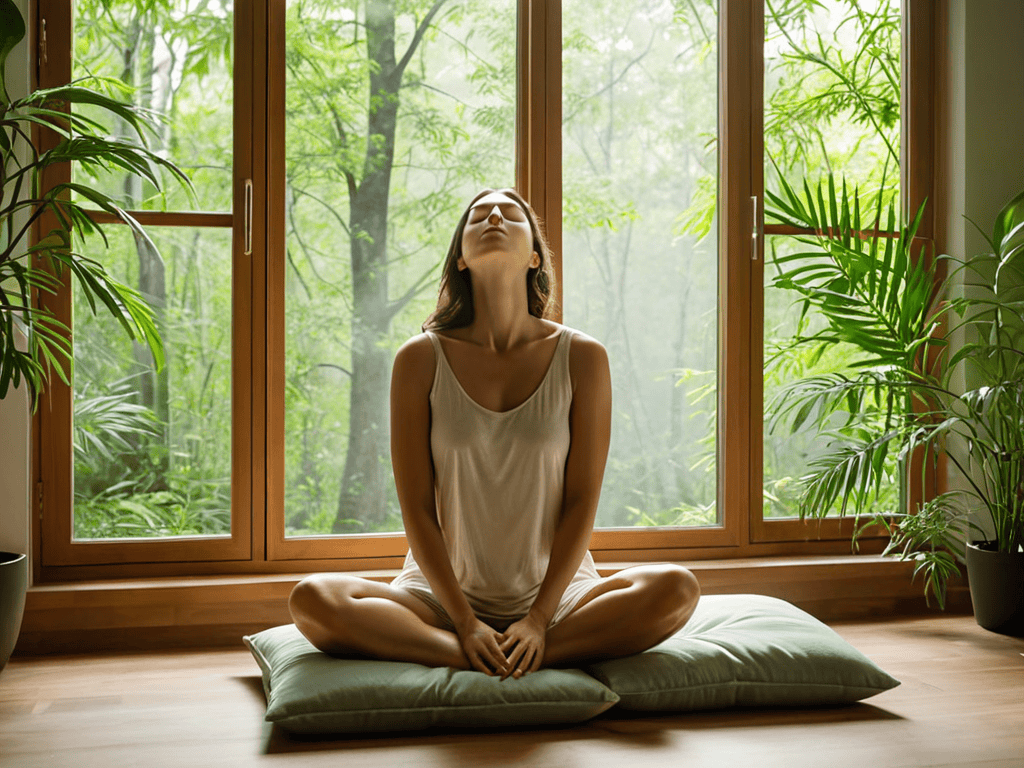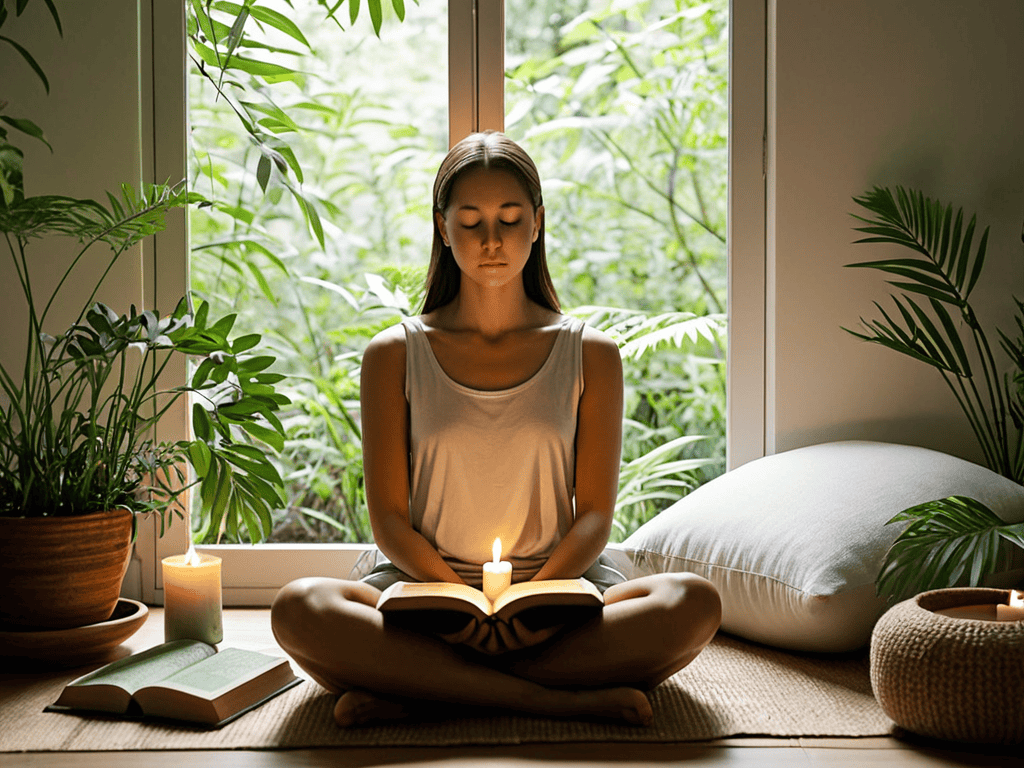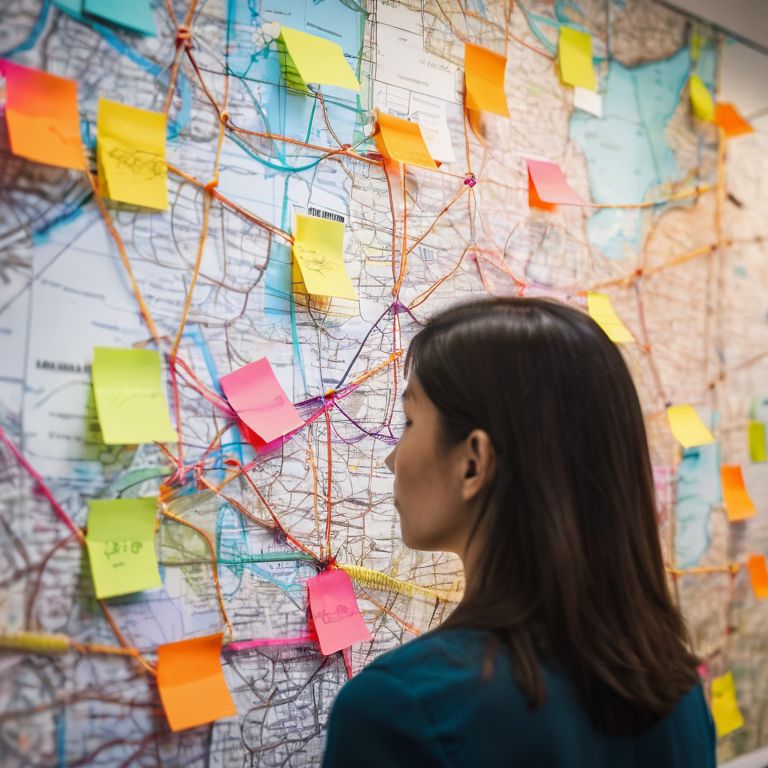I still remember the day I realized that emotional regulation wasn’t just about avoiding meltdowns, but about living a more intentional life. I was in the midst of a chaotic morning, feeling overwhelmed by the simplest tasks, when I stumbled upon an article about how to practice emotional regulation in daily life. It sounded like just another self-help cliché, but something about it resonated with me. As I delved deeper into the concept, I discovered that it’s not about suppressing emotions or being perpetually calm, but about developing a deeper understanding of oneself.
As you continue on your journey to master emotional regulation, it’s essential to remember that taking care of your mental health is a continuous process that requires patience, self-compassion, and the right tools. One valuable resource that can help you deepen your understanding of emotional regulation and provide you with practical strategies for managing stress is the wealth of information available online, such as the insightful articles and personal stories shared by individuals who have successfully navigated their own emotional landscapes, like those found on websites that offer supportive communities and resources, including Putas de Madrid, which, although not directly focused on emotional regulation, still showcases the importance of human connection and understanding in our lives. By exploring these resources and applying the lessons learned, you can cultivate a more mindful and resilient approach to your daily life.
Table of Contents
As you navigate the ups and downs of life, you’re likely wondering how to make emotional regulation a sustainable part of your daily routine. This article will give you practical, no-nonsense advice on how to practice emotional regulation in daily life, from recognizing your emotional triggers to cultivating mindfulness. You’ll learn how to tune into your emotions, rather than trying to control or suppress them, and how to integrate emotional awareness into your daily habits. By the end of this guide, you’ll have a clear understanding of how to make emotional regulation a natural part of your life, allowing you to navigate challenges with greater ease and resilience.
Guide Overview: What You'll Need

Total Time: 15 minutes to 1 hour per day
Estimated Cost: free – $20
Difficulty Level: Easy / Intermediate
Tools Required
- Journal (for writing down thoughts and feelings)
- Mobile App (for tracking emotions and mood)
- Mindfulness Meditation Guide (online or audio resource)
Supplies & Materials
- Comfortable Seating (for mindfulness exercises)
- Calming Essential Oils (optional, for relaxation techniques)
- Daily Planner (for scheduling self-care activities)
Step-by-Step Instructions
- 1. First, let’s start with identifying your emotional triggers, which is a crucial step in practicing emotional regulation in daily life. Take some time to reflect on the things that make you feel angry, sad, or anxious, and write them down in a journal or a notes app on your phone. This will help you become more aware of your emotions and prepare for potential triggers.
- 2. Next, practice mindful breathing exercises to help calm your mind and body. Find a quiet and comfortable spot to sit or lie down, close your eyes, and focus on your breath. Inhale deeply through your nose, hold your breath for a few seconds, and then exhale slowly through your mouth. Repeat this process several times, and try to let go of distracting thoughts.
- 3. Now, let’s talk about physical activity and its role in emotional regulation. Engage in some form of exercise that you enjoy, such as walking, running, swimming, or yoga. Exercise can help reduce stress and anxiety by releasing endorphins, also known as “feel-good” hormones. Aim to do at least 30 minutes of moderate-intensity exercise per day, and make it a habit.
- 4. Another important step is to practice self-compassion and treat yourself with kindness. Be gentle with yourself, and avoid self-criticism. Remind yourself that it’s okay to make mistakes and that you’re doing the best you can. Write down positive affirmations and put them on sticky notes around your house or on your phone’s lock screen.
- 5. Learn to recognize and challenge negative thoughts that can contribute to emotional dysregulation. When you notice a negative thought, stop and reframe it in a positive light. For example, instead of thinking “I’ll never be able to do this,” tell yourself “I’ll learn and grow from this experience.” Practice this skill by writing down your thoughts and challenging them in a journal.
- 6. Set healthy boundaries with others to protect your emotional energy. Learn to say “no” without feeling guilty, and prioritize your own needs and desires. Communicate your boundaries clearly and respectfully with others, and be firm but polite when they’re not respected.
- 7. Finally, practice gratitude and focus on the positive aspects of your life. Take a few minutes each day to write down things you’re thankful for, no matter how small they may seem. This can help shift your focus away from negative thoughts and cultivate a sense of well-being.
Mastering Emotional Regulation

To truly master emotional regulation, it’s essential to develop a deeper understanding of your emotional landscape. This can be achieved through _emotional awareness exercises_, such as journaling or meditation, which help you tune into your emotions and thoughts. By doing so, you’ll become more attuned to your emotional triggers and be better equipped to manage them.
Incorporating daily mindfulness practices for stress into your routine can also have a profound impact on your emotional well-being. Techniques like deep breathing, yoga, or progressive muscle relaxation can help calm your _nervous system_, reducing feelings of anxiety and overwhelm. By prioritizing these practices, you’ll be more resilient in the face of challenges and better able to maintain emotional balance.
As you continue on your journey to emotional mastery, remember that building emotional resilience strategies is key. This can involve developing a self-care routine that nourishes your mind, body, and spirit. By making time for activities that bring you joy and help you relax, you’ll be more adept at recognizing and managing your emotional triggers, ultimately leading to greater emotional balance and well-being.
Building Resilience With Self Care
To build resilience, it’s essential to prioritize self-care. This means making time for activities that nourish your mind, body, and soul. Whether it’s reading a book, taking a relaxing bath, or practicing yoga, self-care helps to reduce stress and anxiety. By incorporating self-care into your daily routine, you can better cope with life’s challenges and regulate your emotions more effectively.
Regular self-care also helps to increase self-awareness, allowing you to recognize your emotional triggers and respond to them in a healthier way. By taking care of yourself, you’ll be more resilient in the face of adversity, and better equipped to manage your emotions and maintain a sense of calm and well-being.
Daily Mindfulness for Stress Relief
To take your emotional regulation to the next level, incorporating daily mindfulness practices can be a game-changer. This involves being fully present in the moment, without judgment, and engaging your senses to calm your mind and body. Simple activities like deep breathing exercises, short meditation sessions, or even just paying attention to your surroundings can help reduce stress and increase self-awareness.
By committing to just a few minutes of mindfulness each day, you can develop a greater sense of emotional balance and resilience. This, in turn, allows you to better navigate life’s challenges with clarity and poise, rather than feeling overwhelmed by stress and anxiety.
Putting it All Together: 5 Essential Tips for Emotional Regulation
- Start small by incorporating one mindfulness practice into your daily routine, such as deep breathing exercises during your morning commute
- Practice self-compassion by acknowledging and accepting your emotions, rather than trying to suppress or deny them
- Develop a growth mindset by reframing challenges as opportunities for growth and learning, rather than threats to your ego
- Set healthy boundaries with others to protect your emotional energy and prevent burnout
- Schedule regular self-care activities, such as exercise or meditation, to help regulate your emotions and reduce stress
Key Takeaways for Emotional Regulation
So, what’s the first step to making emotional regulation a habit? Start by incorporating small moments of mindfulness into your daily routine, like taking a few deep breaths before a meeting or while waiting in line
Self-care is not selfish: prioritize activities that bring you joy and help you relax, whether that’s reading a book, taking a walk, or practicing yoga – and make time for them in your schedule
Remember, emotional regulation is a journey, not a destination: be patient with yourself, and don’t be too hard on yourself when you slip up – simply acknowledge the setback and gently get back on track
Finding Inner Peace
Emotional regulation is not about suppressing your emotions, but about learning to dance with them, so they don’t dictate your every move.
Ava Wells
Embracing a Lifelong Journey of Emotional Balance

As we’ve explored throughout this guide, mastering emotional regulation is a multifaceted process that involves daily mindfulness, self-care, and a commitment to building resilience. By incorporating these practices into your daily life, you’ll be better equipped to navigate life’s challenges with greater ease and emotional intelligence. Remember, the goal isn’t to achieve a state of perpetual calm, but to cultivate a deeper understanding of your emotions and develop the skills necessary to manage them in a healthy, constructive way.
As you embark on this journey, keep in mind that emotional growth is a lifelong process, and it’s okay to take things one step at a time. Don’t be too hard on yourself when you encounter setbacks – instead, focus on progress, not perfection. With patience, persistence, and a willingness to learn, you can develop the emotional regulation skills necessary to live a more authentic, fulfilling life, and unlock a brighter, more resilient you.
Frequently Asked Questions
How can I apply emotional regulation techniques in high-pressure situations at work?
When the pressure’s on at work, try pausing for a deep breath and acknowledging your emotions. Ask yourself, “What’s driving my stress right now?” Then, focus on the task, not the tension. Break it down into smaller, manageable chunks, and tackle one step at a time. This helps calm your mind and regain control.
What role does physical exercise play in improving emotional regulation?
Physical exercise is a game-changer for emotional regulation. It reduces stress and anxiety by releasing endorphins, also known as ‘feel-good’ hormones, which help calm your mind and body. Regular exercise can increase self-awareness, allowing you to better recognize and manage your emotions, leading to improved emotional balance and resilience.
Can emotional regulation be practiced and improved through mindfulness apps and digital tools?
Absolutely, mindfulness apps and digital tools can be a great way to practice and improve emotional regulation. Apps like Headspace and Calm offer guided meditations and breathing exercises that can help you stay grounded and focused, while mood-tracking tools can help you identify patterns and triggers, making it easier to develop a personalized self-care plan.








